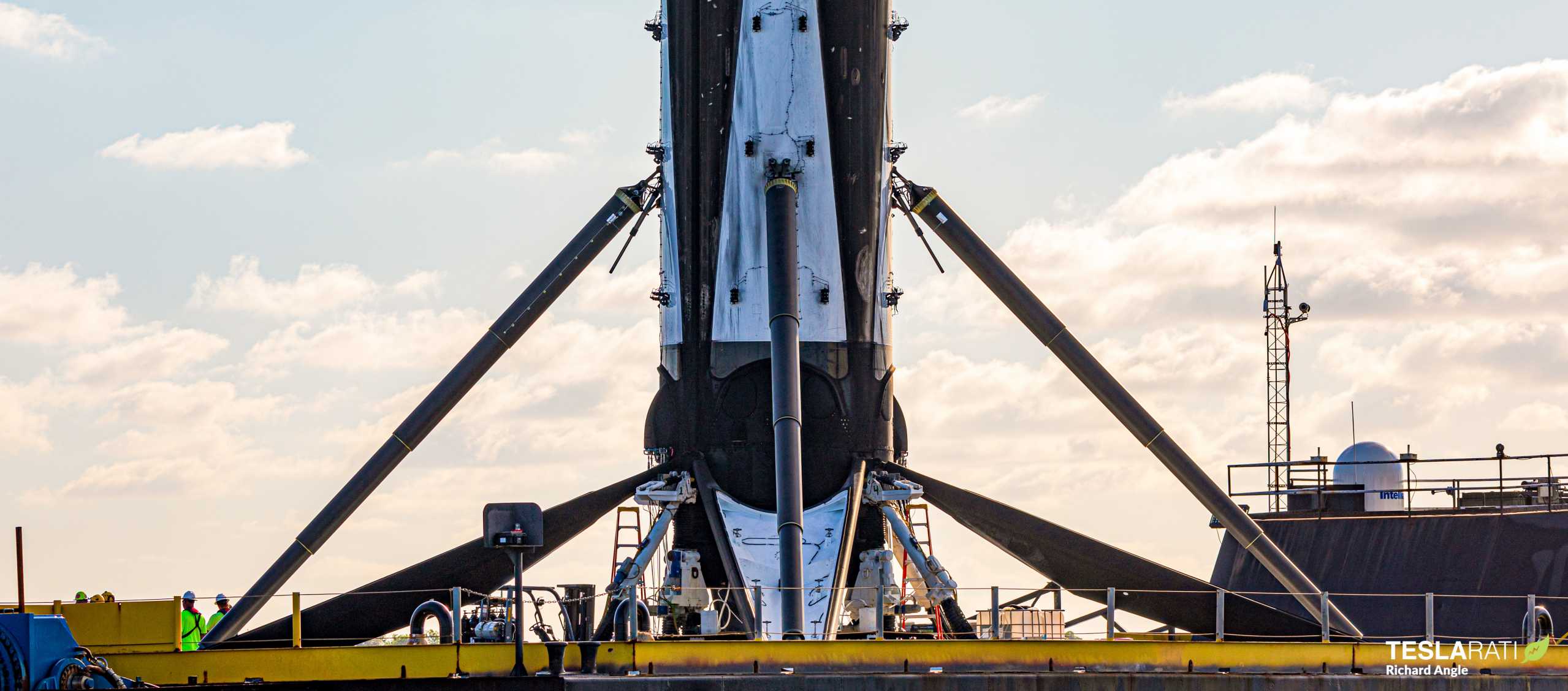

News
SpaceX’s third Starlink launch in three weeks is just around the corner
SpaceX is just a few days away from Falcon 9’s third Starlink internet satellite launch in 22 days, also the second commercial Starlink rideshare mission in two weeks.
If successfully, Starlink v1.0 L9 mission will mark nearly six hundred internet satellites launched by SpaceX since the company began dedicated missions in May 2019, as well as ~530 operational v1.0 spacecraft launched since November 2019. According to SpaceX executives, the company can begin rolling out internet service to customers via “UFO on a stick” user terminals once 14 v1.0 launches have been completed, meaning that the constellation could be just five launches away from generating consistent revenue after the next batch of satellites are safely in orbit.
Meanwhile, SpaceX debuted a separate method of generating revenue from Starlink launches just ten days ago when it successfully launched three Planet imaging satellites on top of 58 new Starlink spacecraft. While the revenue from booking a few satellites to launch on Starlink missions is likely nowhere close to covering the actual material cost to SpaceX, it can certainly help offset the extraordinarily capital-intensive process of constellation build-out. Less than two weeks after SpaceX’s Starlink rideshare debut, the very next launch is scheduled to include two commercial imaging satellites – this time for BlackSky Global.
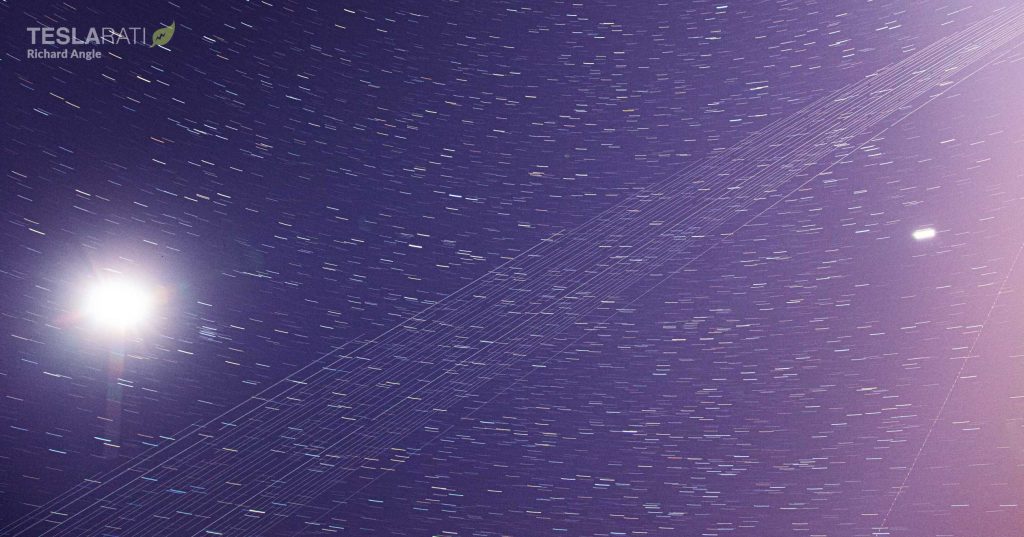
Built by Washington startup LeoStella, the two imaging satellites scheduled to launch on Starlink-9 arrived in Cape Canaveral, Florida on June 1st in time to be processed and installed on top of a stack of either 58 or 60 Starlink internet satellites.
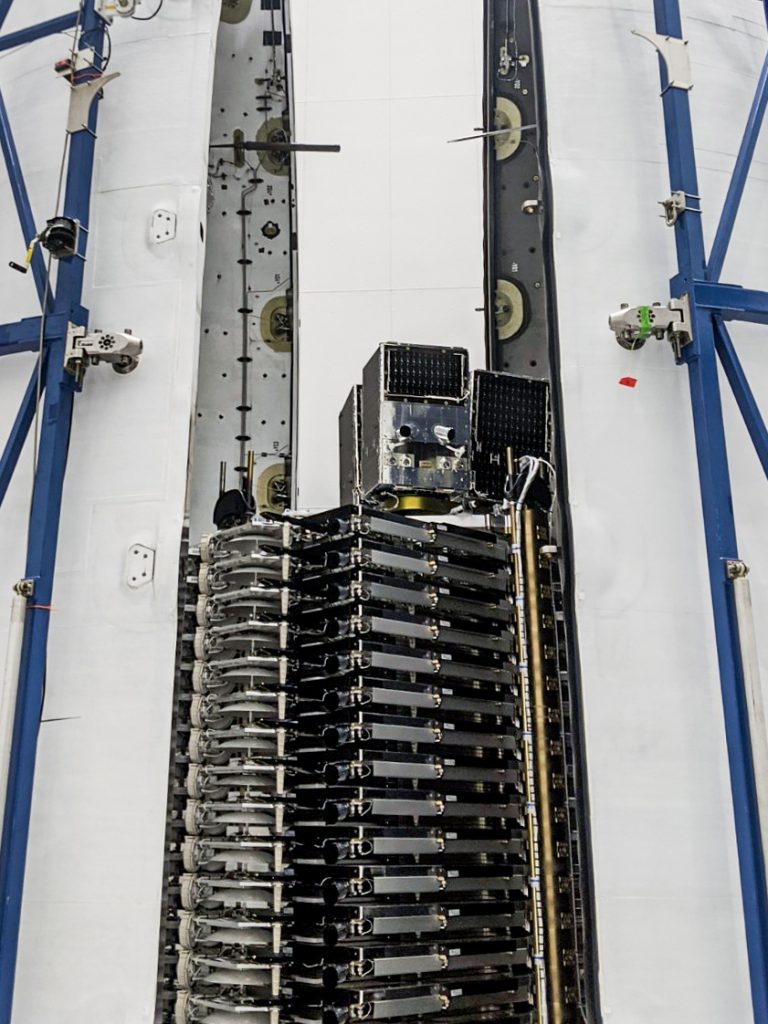
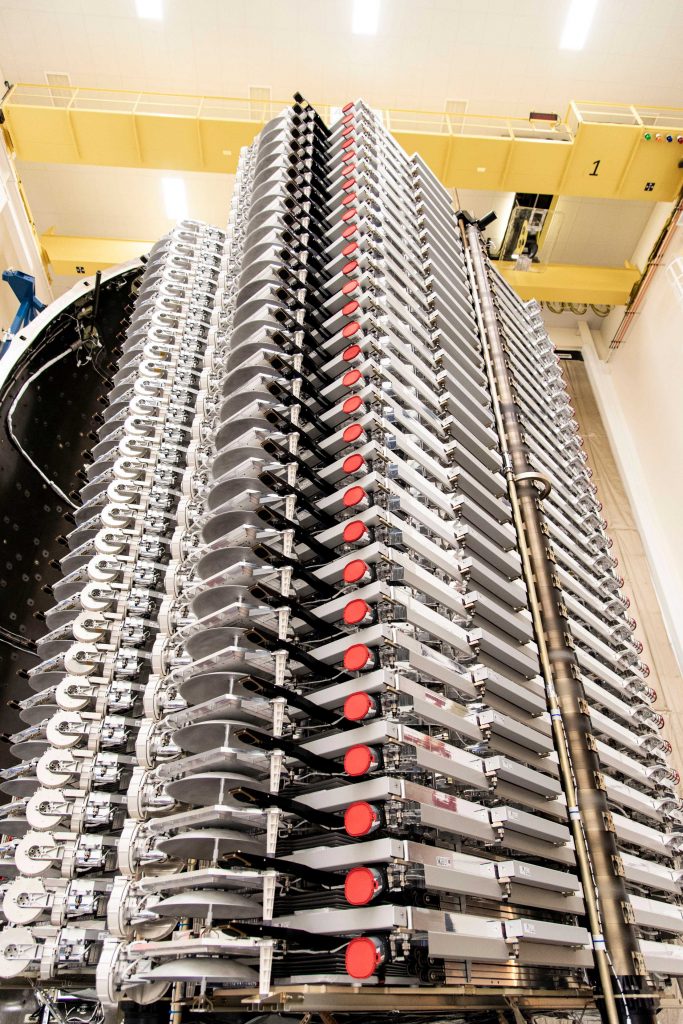
Approximately half as large as the three ~110 kg (240 lb) SkySats SpaceX launched on June 13th, LeoStella’s first two BlackSky satellites are believed to weigh around 55 kg (~120 lb) each and are capable of imaging the Earth’s surface at a resolution of ~1m per pixel from a nominal 500 km (310 mi) orbit. BlackSky’s LeoStella contract includes another 18 such satellites, all of which could (but probably wont) launch on future Starlink missions.
Smallsat constellation operators typically aim for diversity when launching more than a handful of satellites, ensuring that a hypothetical launch vehicle failure wont delay or destroy an entire constellation. Still, according to competitor Planet, SpaceX’s rideshare pricing is so good that it has actively changed how the prolific satellite operator thinks about constellation expansion. Planet, for reference, managed to launch three SkySats – weighing ~330 kg (~730 lb) – for something like $3 million, at least 5-7 times cheaper than launching the same spacecraft on three dedicated Rocket Lab Electron rockets.
Supporting Planet’s high praise, SpaceX recently announced that it had already secured launch contracts for more than 100 small satellites less than ten months after the program debuted, potentially injecting an impressive $50 to $100 million in revenue. A large portion of those satellites are likely scheduled to launch on one of SpaceX’s dedicated semi-annual rideshare missions, the first of which is aiming to launch in December 2020, but at least one or several dozen are probably manifested on Starlink launches.
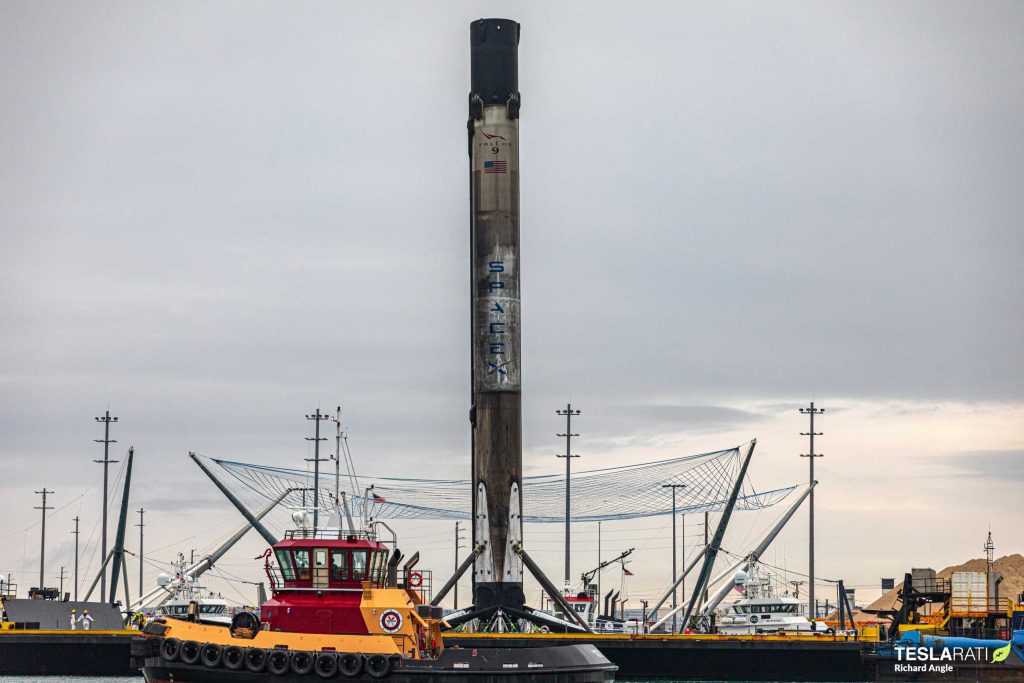
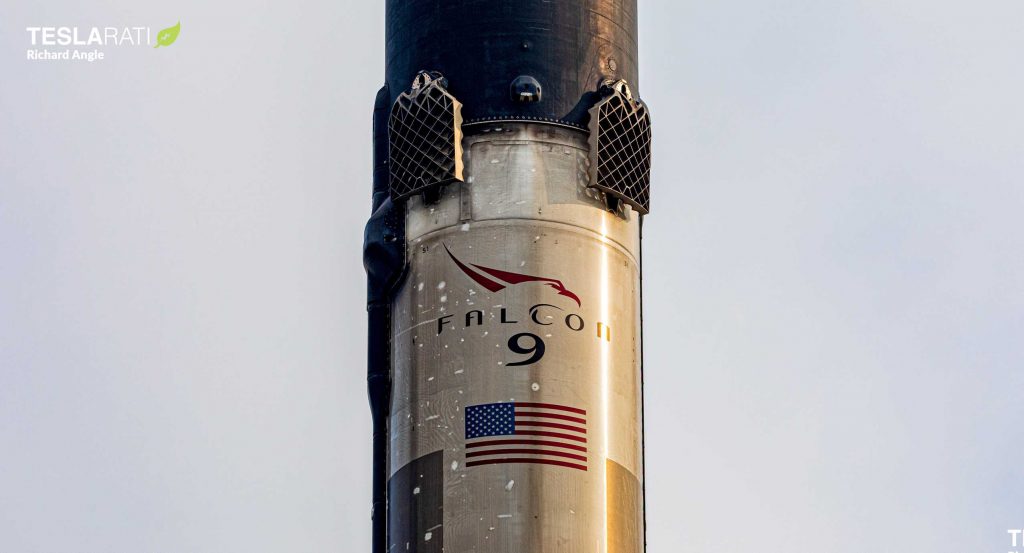
According to CEO Elon Musk, the ultimate cost of a flight-proven Falcon 9 launch can be as low as $15 million – excluding overhead but including a new upper stage, booster recovery, propellant, and other miscellaneous costs. As such, a single 60-satellite Starlink launch likely costs SpaceX less than $30 million total, meaning that an average of five small satellites (base price: $1 million per slot) manifested on a Starlink launch would save SpaceX ~17% every time.
Regardless, Falcon 9 booster B1051 is scheduled to become the third SpaceX rocket to launch five times when it lifts off for Starlink-9 no earlier than (NET) 4:39 pm EDT (20:39 UTC) on June 25th, a delay of three days from the original June 22nd target.
Check out Teslarati’s Marketplace! We offer Tesla accessories, including for the Tesla Cybertruck and Tesla Model 3.
News
Tesla begins Robotaxi certification push in Arizona: report
Tesla seems serious about expanding its Robotaxi service to several states in the coming months.

Tesla has initiated discussions with Arizona transportation regulators to certify its driverless Robotaxi service in the state, as per a recent report from Bloomberg News. The move follows Tesla’s launch of its Robotaxi pilot program in Austin, Texas, as well as CEO Elon Musk’s recent comments about the service’s expansion in the Bay Area.
The Arizona Department of Transportation confirmed to Bloomberg that Tesla has reached out to begin the certification process for autonomous ride-sharing operations in the state. While details remain limited, the outreach suggests that Tesla is serious about expanding its driverless Robotaxi service to several territories in the coming months.
The Arizona development comes as Tesla prepares to expand its service area in Austin this weekend, as per CEO Elon Musk in a post on X. Musk also stated that Tesla is targeting the San Francisco Bay Area as its next major market, with a potential launch “in a month or two,” pending regulatory approvals.
Tesla first launched its autonomous ride-hailing program on June 22 in Austin with a small fleet of Model Y vehicles, accompanied by a Tesla employee in the passenger seat to monitor safety. While still classified as a test, Musk has said the program will expand to about 1,000 vehicles in the coming months. Tesla will later upgrade its Robotaxi fleet with the Cyercab, a two-seater that is designed without a steering wheel.
Sightings of Cybercab castings around the Giga Texas complex suggests that Tesla may be ramping the initial trial production of the self-driving two-seater. Tesla, for its part, has noted in the past that volume production of the Cybercab is expected to start sometime next year.
In California, Tesla has already applied for a transportation charter-party carrier permit from the state’s Public Utilities Commission. The company is reportedly taking a phased approach to operating in California, with the Robotaxi service starting with pre-arranged rides for employees in vehicles with safety drivers.
News
Tesla sets November 6 date for 2025 Annual Shareholder Meeting
The automaker announced the date on Thursday in a Form 8-K.

Tesla has scheduled its 2025 annual shareholder meeting for November 6, addressing investor concerns that the company was nearing a legal deadline to hold the event.
The automaker announced the date on Thursday in a Form 8-K submitted to the United States Securities and Exchange Commission (SEC). The company also listed a new proposal submission deadline of July 31 for items to be included in the proxy statement.
Tesla’s announcement followed calls from a group of 27 shareholders, including the leaders of large public pension funds, which urged Tesla’s board to formally set the meeting date, as noted in a report from The Wall Street Journal.
The group noted that under Texas law, where Tesla is now incorporated, companies must hold annual meetings within 13 months of the last one if requested by shareholders. Tesla’s previous annual shareholder meeting was held on June 13, 2024, which placed the July 13 deadline in focus.
Tesla originally stated in its 2024 annual report that it would file its proxy statement by the end of April. However, an amended filing on April 30 indicated that the Board of Directors had not yet finalized a meeting date, at least at the time.
The April filing also confirmed that Tesla’s board had formed a special committee to evaluate certain matters related to CEO Elon Musk’s compensation plan. Musk’s CEO performance award remains at the center of a lengthy legal dispute in Delaware, Tesla’s former state of incorporation.
Due to the aftermath of Musk’s legal dispute about his compensation plan in Delaware, he has not been paid for his work at Tesla for several years. Musk, for his part, has noted that he is more concerned about his voting stake in Tesla than his actual salary.
At last year’s annual meeting, TSLA shareholders voted to reapprove Elon Musk’s compensation plan and ratified Tesla’s decision to relocate its legal domicile from Delaware to Texas.
Elon Musk
Grok coming to Tesla vehicles next week “at the latest:” Elon Musk
Grok’s rollout to Tesla vehicles is expected to begin next week at the latest.

Elon Musk announced on Thursday that Grok, the large language model developed by his startup xAI, will soon be available in Tesla vehicles. Grok’s rollout to Tesla vehicles is expected to begin next week at the latest, further deepening the ties between the two Elon Musk-led companies.
Tesla–xAI synergy
Musk confirmed the news on X shortly after livestreaming the release of Grok 4, xAI’s latest large language model. “Grok is coming to Tesla vehicles very soon. Next week at the latest,” Musk wrote in a post on social media platform X.
During the livestream, Musk and several members of the xAI team highlighted several upgrades to Grok 4’s voice capabilities and performance metrics, positioning the LLM as competitive with top-tier models from OpenAI and Google.
The in-vehicle integration of Grok marks a new chapter in Tesla’s AI development. While Tesla has long relied on in-house systems for autonomous driving and energy optimization, Grok’s integration would introduce conversational AI directly into its vehicles’ user experience. This integration could potentially improve customer interaction inside Tesla vehicles.
xAI and Tesla’s collaborative footprint
Grok’s upcoming rollout to Tesla vehicles adds to a growing business relationship between Tesla and xAI. Earlier this year, Tesla disclosed that it generated $198.3 million in revenue from commercial, consulting, and support agreements with xAI, as noted in a report from Bloomberg News. A large portion of that amount, however, came from the sale of Megapack energy storage systems to the artificial intelligence startup.
In July 2023, Musk polled X users about whether Tesla should invest $5 billion in xAI. While no formal investment has been made so far, 68% of poll participants voted yes, and Musk has since stated that the idea would be discussed with Tesla’s board.
-

 Elon Musk1 week ago
Elon Musk1 week agoTesla investors will be shocked by Jim Cramer’s latest assessment
-

 Elon Musk3 days ago
Elon Musk3 days agoElon Musk confirms Grok 4 launch on July 9 with livestream event
-

 Elon Musk13 hours ago
Elon Musk13 hours agoxAI launches Grok 4 with new $300/month SuperGrok Heavy subscription
-

 News7 days ago
News7 days agoTesla Model 3 ranks as the safest new car in Europe for 2025, per Euro NCAP tests
-

 Elon Musk2 weeks ago
Elon Musk2 weeks agoA Tesla just delivered itself to a customer autonomously, Elon Musk confirms
-

 Elon Musk1 week ago
Elon Musk1 week agoxAI’s Memphis data center receives air permit despite community criticism
-

 Elon Musk2 weeks ago
Elon Musk2 weeks agoTesla’s Omead Afshar, known as Elon Musk’s right-hand man, leaves company: reports
-

 News2 weeks ago
News2 weeks agoXiaomi CEO congratulates Tesla on first FSD delivery: “We have to continue learning!”

















